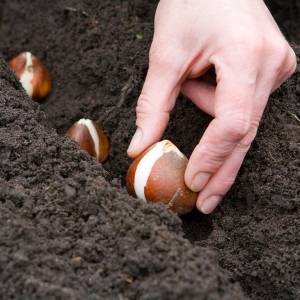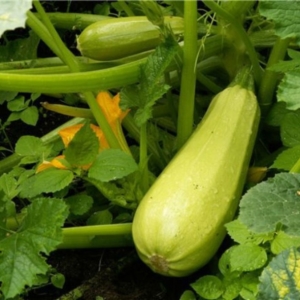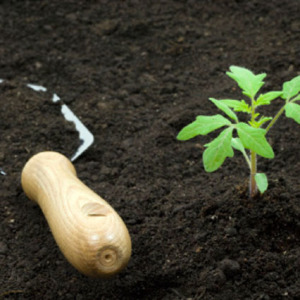Not always the soil is suitable for the level of healthy plants. Common disadvantage - reduced potassium content. To saturate the soil to them, potash fertilizers are used. Potassium is one of the main elements of the mineral nutrition of the plant. Potash fertilizers are several species. They have certain features and rules of use.
How to understand that plants lack potassium?
To start using potash fertilizers, it is necessary to understand whether additional potassium needs, or the soil just supplies the plant with this substance.
External signs of lack of potassium:
- On the leaves of the plant appear brown spots.
- The leaves change their color, acquire a yellowish tint.
- Misching the parts of the leaves occurs.
- Stalver plants weaken.
- Plant grows worse.
- Disclaimed or does not occur the process of forming buds.
All these listed features indicate that there is insufficient potassium content in the soil. A, as a result, the formation of protein in cells is stopped, the development of reproductive functions occurs. With a lack of potassium, the plant ceases to be fruitless or can completely die.

Varieties of potash fertilizers
There are several varieties of potash fertilizers. They differ in their composition, properties and spectrum of use. But the main mission of all kinds is to fill the lack of potassium.
- Wood ash. This type of fertilizer is safe for plants. In addition to potassium in its composition, it has calcium, phosphorus and magnesium. Potassium content is 10% of the total composition. Woodwood can be used at any time of the year.
- Calimagnesia. This fertilizer is most useful for sandy soils. As part of potassium and magnesium.
- Potash Selith. Is the best option for use in greenhouses. Potassium Selith has in its composition potassium (up to 38%) and nitrogen.
- Potassium salt. The composition of fertilizer - potassium and chlorine. Potassium content - up to 40%. It is customary to use a potash salt in autumn for all cultures.
- Potassium sulfate. High potassium fertilizer - up to 50%. In addition to potassium, the composition includes calcium, magnesium and sulfur. Fertilizer is effective for all types of plants and on any types of soil.
- Potassium chloride. The most common potash fertilizer. Contains 60% potassium in the composition. Also a significant part of chlorine, so it is recommended to use in the fall, long before plant landing.
Each fertilizer has its own dosage for use. It should be borne in mind that for sandy soil, the dosage should be increased, for chernozem - is reduced. No need to be carried away by excessive use of fertilizers, it can also harm the plant.
When to make potash fertilizers?
The use of potash fertilizers depends on the type of fertilizer. Those of them, which in their composition chlorine, should be used in the fall, during the soil resistance. Chlorine is harmful to plants. Other types of fertilizers, such as wood ash, potash salter, can be made in spring when landing, or in summer, as bait. Each type of crops requires a different number of potassium. Based on this, one should dose fertilizer for each type of plant individually. For example, fruit plants (apple tree, cherry, apricot, etc.), need a high content of potassium. Vegetable crops, such as cucumbers and tomatoes, on average. And some roots, especially radishes, use potassium minimal. 
Potash fertilizers are an important element in the garden and garden farm. The main substance is potassium, positively affects the development and fertility of the plant. For proper use, you must learn instructions for use. Mostly, the potash fertilizers contribute to the soil in the fall. Additional use - in spring and summer, is practiced only with a lack of potassium in the soil.































